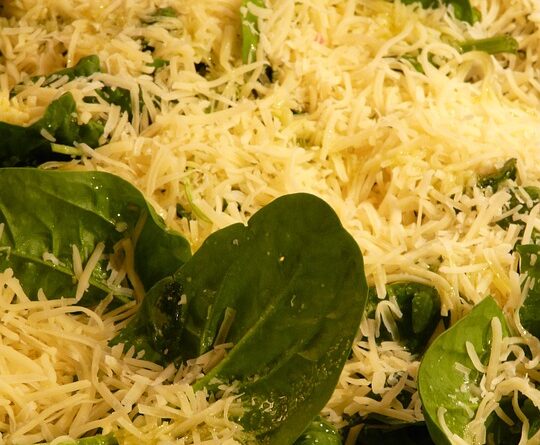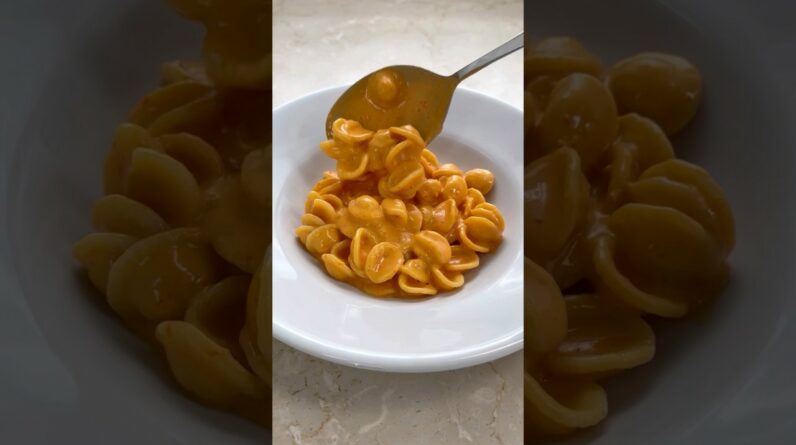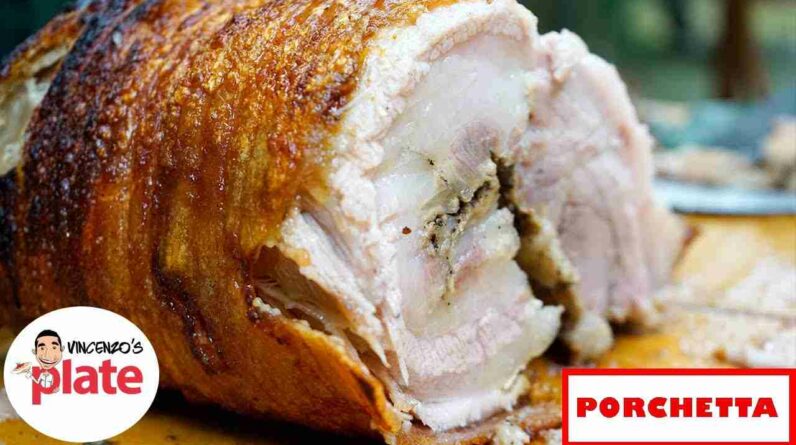When it comes to making a perfect homemade pizza, the tools you use can make a world of difference. One such essential tool is the pizza peel. This comprehensive guide will walk you through everything you need to know about making pizza with a pizza peel—from the basics of dough preparation to the actual baking process. Let’s embark on this culinary adventure to master the art of homemade pizza!
What is a Pizza Peel?
A pizza peel is a flat, shovel-like tool used to transfer pizzas to and from a hot oven. Typically made of wood or metal, the peel allows you to slide the pizza dough onto a hot baking surface like a pizza stone, ensuring even cooking and a perfect crust every time.
Types of Pizza Peels
- Wooden Peels: These are ideal for transferring raw dough onto a cooking surface since the dough is less likely to stick to a wooden surface.
- Metal Peels: Often used to retrieve pizzas from the oven, as they are thinner and easier to slide under a cooked pizza without damaging the crust.
Preparing the Dough
Ingredients
- 3 ½ to 4 cups of all-purpose flour
- 1 teaspoon sugar
- 1 envelope of instant dry yeast
- 2 teaspoons kosher salt
- 1 ½ cups warm water (110°F)
- 2 tablespoons olive oil
Instructions
- Mix Dry Ingredients: Combine the flour, sugar, yeast, and salt in a large bowl.
- Add Water and Oil: Gradually add warm water and olive oil, mixing until the dough forms a ball. If the dough is sticky, add a little more flour. If too dry, add a small amount of water.
- Kneading: Knead the dough on a floured surface for about 10 minutes until it becomes smooth and elastic.
- First Rise: Place the dough in an oiled bowl, cover it with a damp cloth, and let it rise in a warm place for about 1 to 1.5 hours, or until it has doubled in size.
- Divide and Shape: Divide the dough into desired portions and shape each one into a ball. Let them rest for a few minutes before rolling them out.
Using the Pizza Peel
Prepping the Peel
- Flour the Peel: Sprinkle a generous amount of flour or cornmeal on the peel. This will act as a lubricant, making it easier to slide the pizza dough onto the baking surface.
- Roll Out the Dough: Roll out your pizza dough on a floured surface to your desired thickness. Transfer the rolled dough onto the floured peel.
Adding Toppings
- Sauce: Spread a thin layer of your favorite pizza sauce over the dough, leaving about an inch around the edges for the crust.
- Cheese: Sprinkle grated mozzarella or any cheese of your choice evenly over the sauce.
- Toppings: Add your desired toppings, whether it’s pepperoni, sliced vegetables, or a combination of gourmet items like arugula and prosciutto.
Transferring to the Oven
- Preheat the Oven: Preheat your oven to its highest setting (usually around 500°F) and place a pizza stone or an inverted baking sheet in the oven to heat.
- Test the Peel: Before transferring, wiggle the peel slightly to ensure the pizza can move and isn’t stuck.
- Slide the Pizza: Open the oven and position the peel above the baking surface. Quickly jerk the peel back and forth to slide the pizza onto the hot stone.
Baking the Pizza
- Monitor Cooking: Bake the pizza for 8-12 minutes or until the crust is golden and the cheese is bubbly and slightly browned.
- Retrieve the Pizza: Use the metal pizza peel to slide under the cooked pizza and transfer it to a cutting board or serving plate.
Tips for Perfect Pizza
- Even Toppings: Distribute your toppings evenly to ensure consistent cooking.
- Thin Crust: Roll out your dough thinly for a crispier crust.
- High Heat: Cooking at a high temperature helps to achieve a crispy, well-cooked crust.
- Fresh Ingredients: Always use fresh ingredients for the best flavor and texture.
Troubleshooting Common Issues
Dough Sticking to the Peel
- Solution: Ensure that the peel is well-floured or use cornmeal. Work quickly to minimize the time the dough sits on the peel.
Uneven Cooking
- Solution: Rotate the pizza halfway through the cooking time for even heat distribution.
Burnt Crust or Undercooked Center
- Solution: Adjust the oven temperature or placement of the pizza stone. If the crust cooks too fast, lower the oven rack.
Frequently Asked Questions (FAQs)
1. Can I use parchment paper on the peel?
- Answer: Yes, parchment paper can be used to easily transfer the pizza to the oven and can prevent sticking.
2. Do I need to preheat the pizza stone?
- Answer: Absolutely! Preheating the pizza stone ensures a crispy crust and evenly cooked pizza.
3. Can I use a pizza peel on a grill?
- Answer: Yes, a pizza peel can be used to transfer pizzas to and from a grill, just as you would with an oven.
4. How do I clean a pizza peel?
- Answer: For wooden peels, wipe with a damp cloth and avoid soaking. Metal peels can be washed with soap and water and dried thoroughly to prevent rust.
5. What if I don’t have a pizza stone?
- Answer: You can use an inverted baking sheet or a cast-iron skillet as an alternative.
6. How do I prevent my pizza from getting soggy?
- Answer: Avoid overloading your pizza with sauce and toppings, and bake at a high temperature to quickly evaporate excess moisture.
By mastering the use of a pizza peel, you’re on your way to creating restaurant-quality pizzas in the comfort of your home. Whether you are a beginner or a seasoned pizza enthusiast, using a peel effectively can significantly enhance your pizza-making experience. Happy baking!
If you enjoyed this article and want to learn more about Italian Cuisine, please visit https://pizzapartiesofamerica.com/









